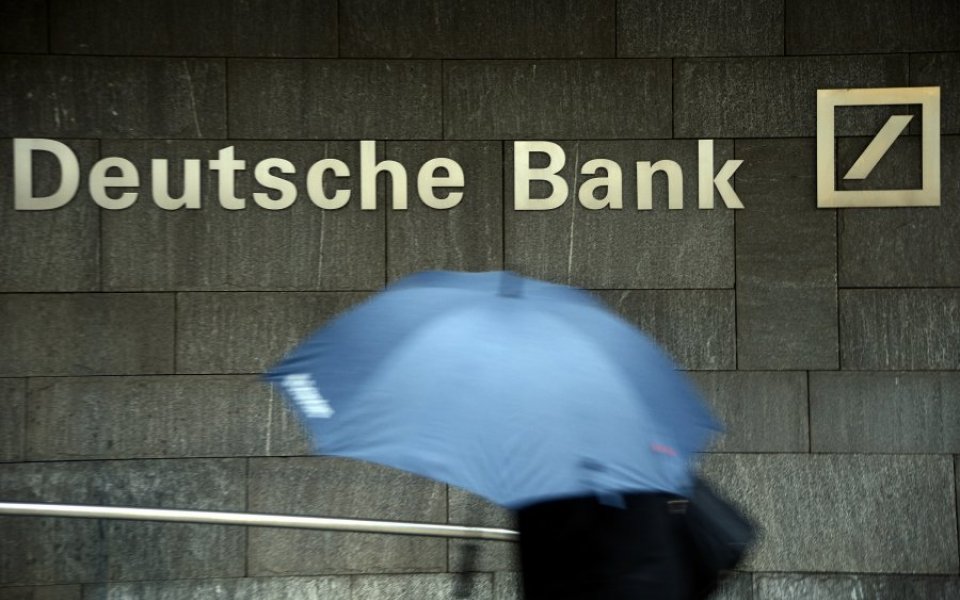Why bank share prices are falling: Liquidity levels are borderline economic recession – and the world is facing another funding crisis

Global investors are rushing to ‘safe’ assets.
Many government bond yields have turned negative and gold, so long out of fashion, is spurting higher. Financial markets are cyclical and typically suffer sell-offs every 8/9 years: 1966, 1974, 1981, 1990, 1998, 2007/08 and now 2015/16.
Yet, there is a smell of panic across the trading floors that has not been matched, barring the nightmare of 2008.
Read more: Bank stocks got smashed again today
The intensity of these crises seems to grow with each downturn. The reason for the latest plunge is again explained by fragile liquidity.
The global liquidity cycle measures the sources of funds available in financial markets and leads economic activity by around a year. Our monthly index (GLITM) hit 35.1 at end-January (normalised range 0-100) and has been sub-par since early 2015.
The current low level is borderline economic recession. Put differently, like 2008 the world faces another funding crisis.
This is most evident in dollar markets and has been exacerbated by the latest moves by the US Fed to tighten and notably by its use of reverse repos to pull precious funds out of US wholesale markets.
Think of these markets as dark pools of onshore and offshore liquidity that remain largely outside central bank control and very different from traditionally stolid retail bank deposits.
Read more: Market turmoil terminology: What is a bear market?
They are fed by cash rich corporations and oil producers. Banks recycle these funds and since 2008 much has flowed into Asia, particularly China. This has already elicited several warnings from the BIS, the Basel-based bankers’ watchdog.
The problem is not, as many argue, prudent Chinese savers bailing out profligate American consumers, but international banks pumping up a dollar-based debt bubble in emerging markets. The bulk of the heavy lifting in financial markets is rolling-over existing debt contracts as they mature, rather than instigating new lending, and it is here that markets are stumbling.
The strong dollar is hitting US corporate cash flows and plunging oil prices have further cut-off the supplies of dollars to offshore wholesale funding markets. Consequently, global flows have crashed.
Over the past couple of years many issuers have either borrowed directly or swapped back into dollars with the result that banks’ books likely have sizeable currency and maturity mismatches.
This problem is crystalised in Bank of Japan’s decision last week to push rates negative. Unlike a renewed QE, which the market fears is being ruled out, the wider adoption of negative interest rates is bank unfriendly.
And, because many investors read negative rates as the latest act of desperation by baffled central bankers, they figure that with low interest margins, near-zero bond yields, stifling Basel III regulations, funding hardships and a potential jump in bad debts, why bother with bank stocks?
They aren’t.